Quiz Sciences
Last Updated:
IMPROVE YOUR KNOWLEDGE WITH OUR SCIENCE QUIZ
Are you passionate about science? We offer you a collection of science quizzes to test your knowledge on different subjects, such as physics, biology, chemistry, astronomy, geology, etc.
Our science quizzes are a fun and educational way to discover the world of science. With our selection of questions on different topics, you can test your knowledge about science and technology. Do you know the most important laws of physics? Can you name the different parts of the human body? Can you identify the different chemical elements? Our science quizzes are here to help you answer these questions and expand your scientific knowledge.
Our science quizzes will help you discover new topics and theories, as well as learn about the great scientists in history. Science quizzes are a fun way to reinforce your knowledge and discover the beauty and complexity of the universe. So if you are a science enthusiast or just curious, come test your knowledge with our science quizzes.
sciences
/ 10
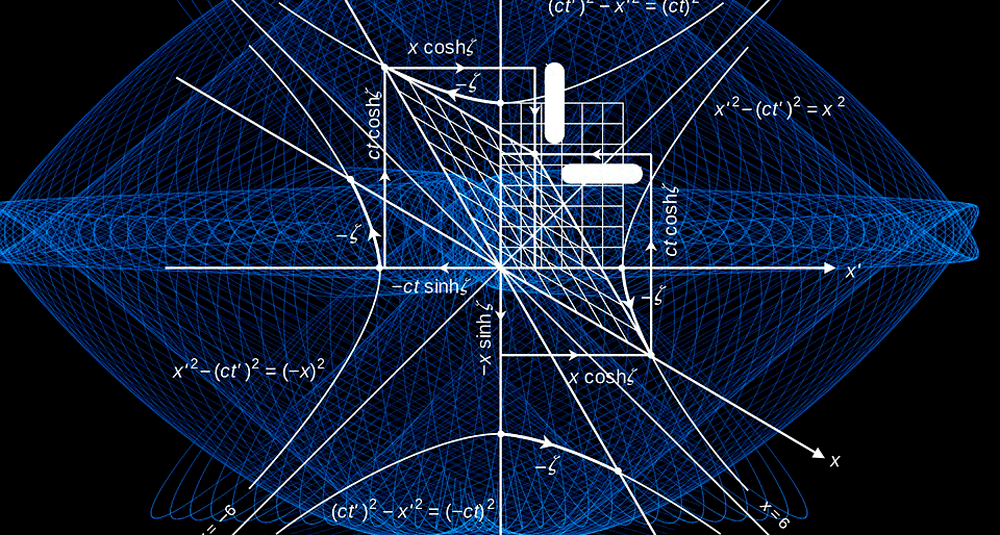
A triangle can be equidistant or equilateral?
2Equilateral
1Equidistant

🙌 Good answer
A triangle can be equilateral. An equilateral triangle has three sides of equal length and three equal angles of 60 degrees.
Next question

😞 Wrong answer
A triangle can be equilateral. An equilateral triangle has three sides of equal length and three equal angles of 60 degrees.
Next question
sciences
/ 10
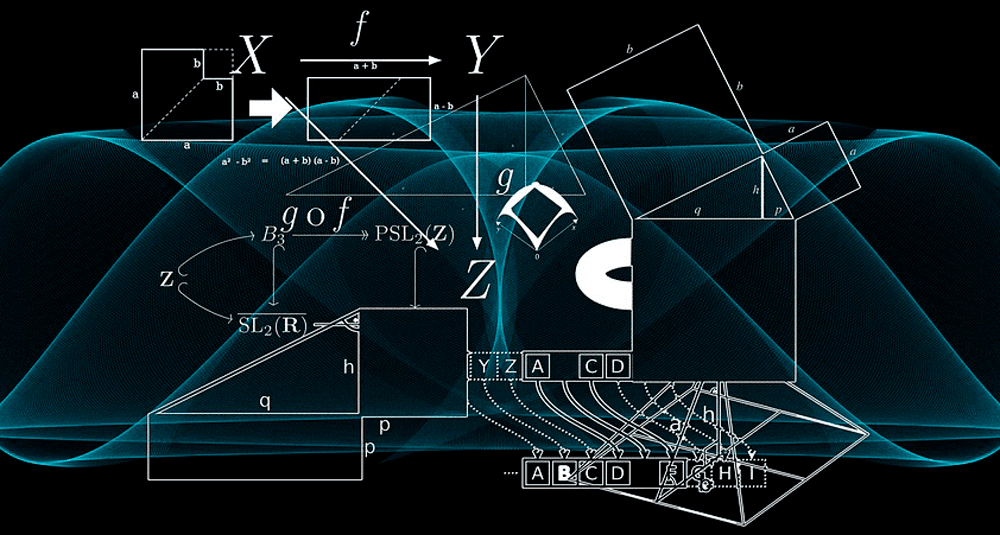
Is a square a rhombus?
1Yes
2No

🙌 Good answer
A square is a regular polygon, which is both a rhombus and a rectangle.
Next question

😞 Wrong answer
A square is a regular polygon, which is both a rhombus and a rectangle.
Next question
sciences
/ 10

When was the first in vitro fertilization performed?
11978
21988

🙌 Good answer
The first successful in vitro fertilization (IVF) took place in 1978, giving birth to Louise Brown, the world's first test-tube baby.
Next question

😞 Wrong answer
The first successful in vitro fertilization (IVF) took place in 1978, giving birth to Louise Brown, the world's first test-tube baby.
Next question
sciences
/ 10
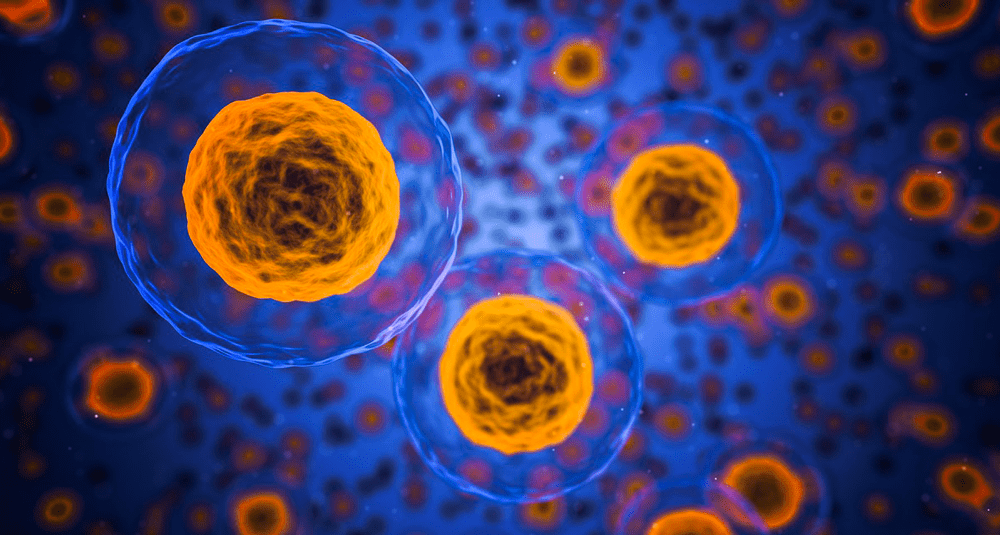
Which research area was voted Method of the Year by Nature Methods 2010?
2Optogenetics
1Quantitative genetics

🙌 Good answer
In 2010, the scientific journal Nature Methods named optogenetics “method of the year,” a major breakthrough for the study of the brain and neurons.
Next question

😞 Wrong answer
In 2010, the scientific journal Nature Methods named optogenetics “method of the year,” a major breakthrough for the study of the brain and neurons.
Next question
sciences
/ 10

At what altitude is the South Pole located?
22,835m
11,835m

🙌 Good answer
The geographic South Pole is located on the Antarctic continent, on an icy plateau at an altitude of 2,835 meters.
Next question

😞 Wrong answer
The geographic South Pole is located on the Antarctic continent, on an icy plateau at an altitude of 2,835 meters.
Next question
sciences
/ 10
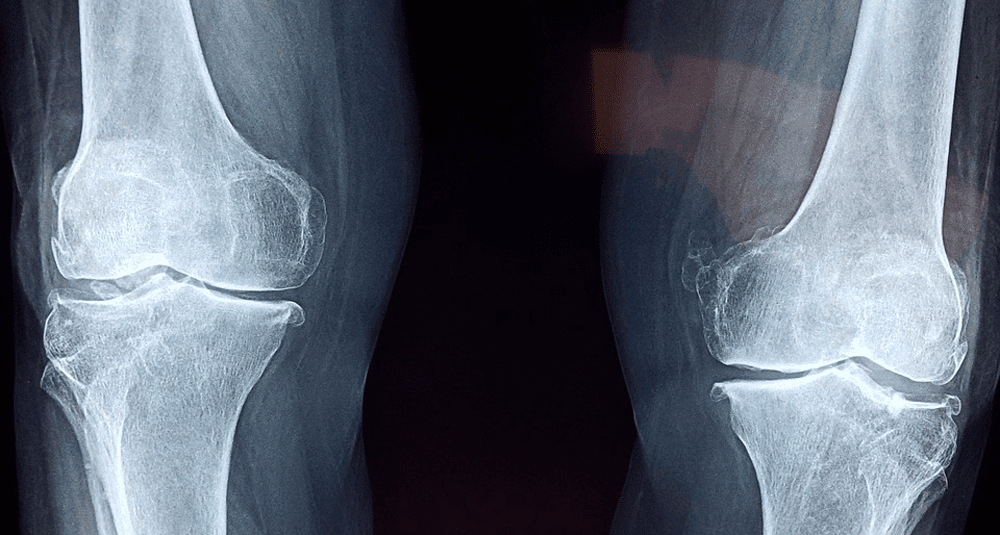
Which sesamoid bone is in the knee?
2Patella
1Malleolus

🙌 Good answer
The patella is a sesamoid bone of the knee. It protects the knee joint and facilitates movement by improving the leverage of the quadriceps femoris tendon.
Next question

😞 Wrong answer
The patella is a sesamoid bone of the knee. It protects the knee joint and facilitates movement by improving the leverage of the quadriceps femoris tendon.
Next question
sciences
/ 10
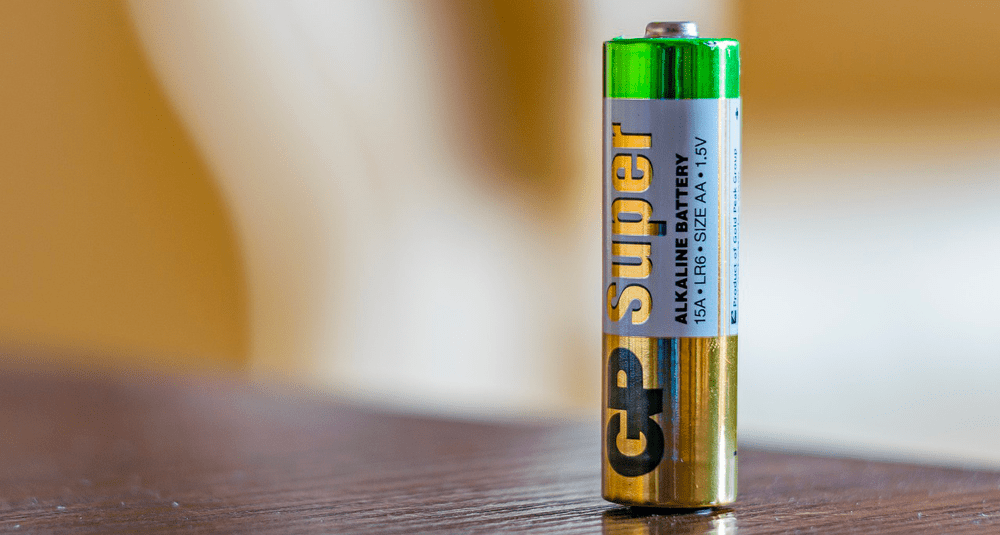
What is the name given to the first battery?
2Voltaic battery
1Electrochemical cell

🙌 Good answer
The first electric battery, invented by Alessandro Volta in 1800, is known as the voltaic battery.
Next question

😞 Wrong answer
The first electric battery, invented by Alessandro Volta in 1800, is known as the voltaic battery.
Next question
sciences
/ 10
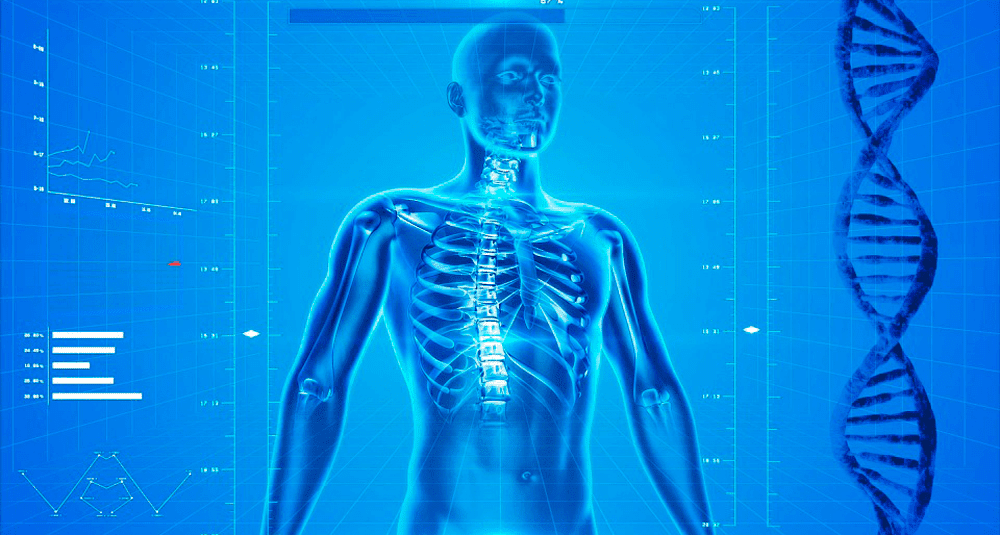
How much bone is the human skeleton made of?
1206
2306

🙌 Good answer
The human skeleton is made up of 206 bones in adults. These bones provide structure, protect internal organs and enable movement through limb articulation.
Next question

😞 Wrong answer
The human skeleton is made up of 206 bones in adults. These bones provide structure, protect internal organs and enable movement through limb articulation.
Next question
sciences
/ 10
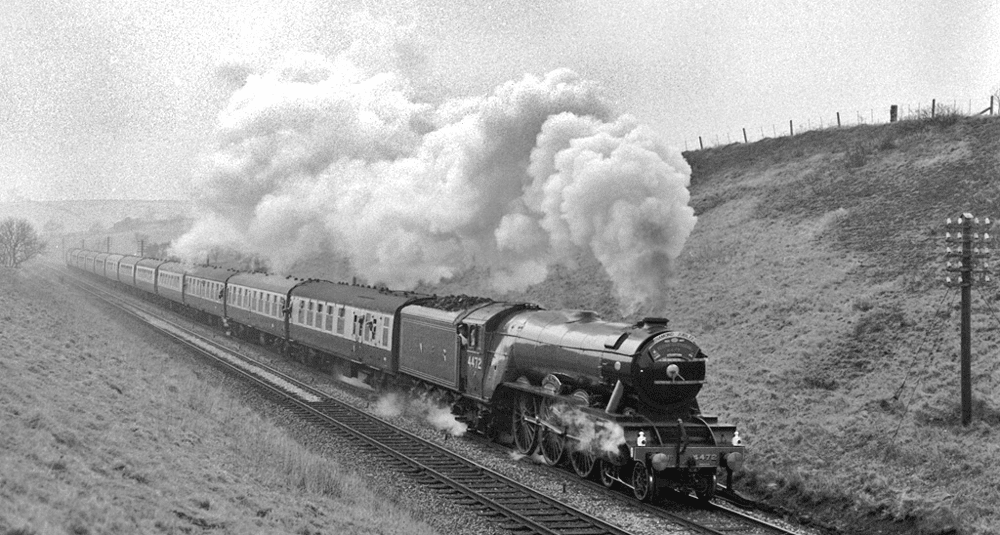
What was the name of the first series of steam locomotives built by George Stephenson?
1Blücher
2Novelty

🙌 Good answer
George Stephenson is a British engineer. He is one of the "founding fathers" of the steam railway. The Blücher is the first of a series of 4 or 5 locomotives built by George Stephenson as early as 1814 for the Killingworth coalfields north of Newcastle.
Next question

😞 Wrong answer
George Stephenson is a British engineer. He is one of the "founding fathers" of the steam railway. The Blücher is the first of a series of 4 or 5 locomotives built by George Stephenson as early as 1814 for the Killingworth coalfields north of Newcastle.
Next question
sciences
/ 10
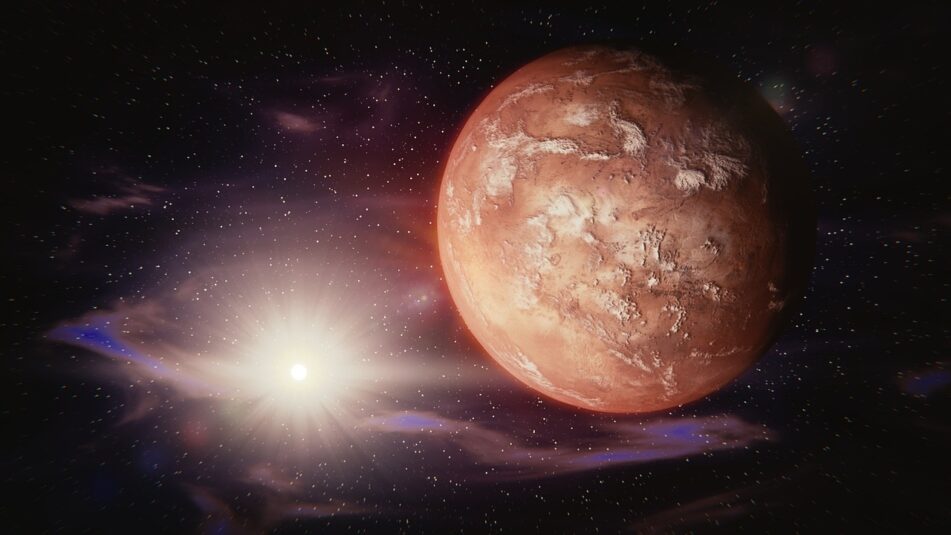
What is the largest planet in the solar system?
1Jupiter
2Saturn

🙌 Good answer
The largest planet in the solar system is Jupiter. This gas giant is known for its large size, its cloud bands and its famous Great Red Spot.
Next question

😞 Wrong answer
The largest planet in the solar system is Jupiter. This gas giant is known for its large size, its cloud bands and its famous Great Red Spot.
Next question



